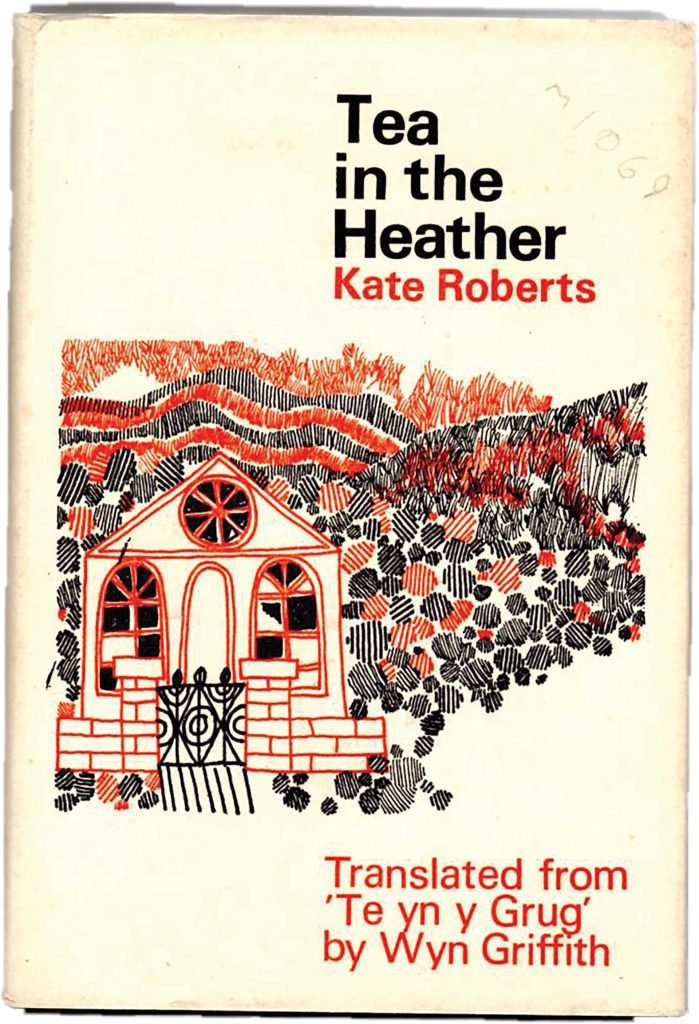Rhiwbina’s Blue Plaque Club
Rhiwbina village has more than its fair share of blue plaques. Rhiwbina Civic Society has unveiled four in recent times
Cyril Fox
Sir Cyril Fred Fox Kt FSA FBA MRIA was an English archaeologist who became keeper of archaeology at the National Museum of Wales from 1926 to 1948. Along with his wife, Aileen Fox, he surveyed and excavated several prehistoric monuments in Wales.
Born in Chippenham, Cyril held various positions, including gardener and a director of a small research station in Cambridge.
In 1926, he was appointed Director of the National Museum of Wales, following the publication of his Ph.D thesis on archaeology and anthropology.
From the early 1930s onwards, he published a range of papers that were met with critical success. For his administrative and scholarly work, he gained a wide range of honours, including a knighthood (1935) and Fellowship of the British Academy (1940).
Together with his colleague Nash-Williams at the Museum of Wales, he collaborated with the artist Alan Sorrell on reconstruction drawings of the Roman excavations at Caerwent which were published in the Illustrated London News.
He married twice, to Olive who died in 1932, with whom he had two daughters; then to Aileen, and had three sons. After retiring, he lived in Exeter and died there on 16th January 1967.
His blue plaque can be found in Heol Wen.
Edgar Leyshon Chappell
Edgar Chappell was a social reformer, who was a trained teacher and a headmaster for a time.
Born in Ystalyfera in 1879, Edgar joined Professor Herbert Stanley Jevons as a research assistant in 1912. His work involved travelling and lecturing throughout South Wales as a propagandist on behalf of the garden cities movement, and also for town and country planning. He wrote articles and pamphlets on these and related subjects and by 1921, had become Secretary of the South Wales Regional Survey Committee, created by the Ministry of Health.
He later formed and managed building and land development companies in the Cardiff and the London areas. He was one of the founders, and for some years, the secretary of the Welsh Housing and Development Association.
He was active in Council circles and received an honorary MA degree from the University of Wales in 1948.
In later years, he wrote books about Welsh life, looking at various social and economic aspects of different areas.
He died in Cardiff on 26th August 1949 and his blue plaque can be found in Y Groes.
Kate Roberts
Kate Roberts was one of Wales’s best-loved authors, and lived in Rhiwbina during the late 1920s and early 1930s.
Born in Rhosgadfan in 1891, Kate attended Caernarfon County School after winning a scholarship. She went on to study at Bangor University, where she left with a Teaching Certificate.
She spent much of the 1920s teaching and grew interested in politics, joining Plaid Cymru when it was formed in 1925. It was through Plaid Cymru that she met her husband Morris T. Williams. They married in 1928, when Kate gave up teaching and the pair moved to Rhiwbina.

By the mid-30s, they had returned to North Wales, making their home in Denbigh after buying Gwasg Gee Press in 1935. It was one of the oldest and most important printing presses in Wales at that time, traditionally publishing Welsh and non-conformist material.
It was around this time that Kate published a number of volumes, including her most famous work, the novel Traed Mewn Cyffion (Feet in Chains), which was published in 1936.
Morris died in 1946 but Kate resumed her writing a few years later, publishing Stryd y Glep (Tittle-tattle Street) in 1949.
Rural life was one of the main themes that ran throughout her work and thousands of school pupils and students have come to learn about the harshness of the slate quarrying family’s life during the period.
Kate Roberts died on 4th April 1985, aged 94 years. Her blue plaque can be found in Lon Isa.
Iorwerth Peate
Along with Sir Cyril Fox, Iorwerth Peate was best known as the founder of St Fagans National History Museum, an institution for which he was largely instrumental in creating in 1947.
Born in Llanbrynmair into a family of carpenters, his interest in folk studies and anthropology was kindled when studying Colonial History and Geography at Aberystwyth University under professor Herbert John Fleure and writer T. Gwynn Jones.
Iorwerth started his career lecturing in parts of West Wales and was appointed to the National Museum of Wales in 1927, to catalogue the museum’s folk collections.
At the end of the Second World War, the Earl of Plymouth gifted St Fagan’s Castle to the museum to become a new National Folk Museum and Iorwerth devoted himself to the new venture.
Inspired by the Scandinavian open-air museums, Iorwerth envisioned recreating this style of attraction for Welsh life and culture. Despite objections from those within and outside his professional circles, work on the museum commenced in 1946.
Iorwerth was insistent that the museum would not just be a collection of buildings – he wanted the inclusion of folklore from oral sources too. As a poet and a critic himself, he was aware of the folklife that existed within people.
He would go on to publish works on the study of folk life in both English and Welsh. He received many honours during his life and died in 1982.
His blue plaque can be found in Lon-y-Dail.

